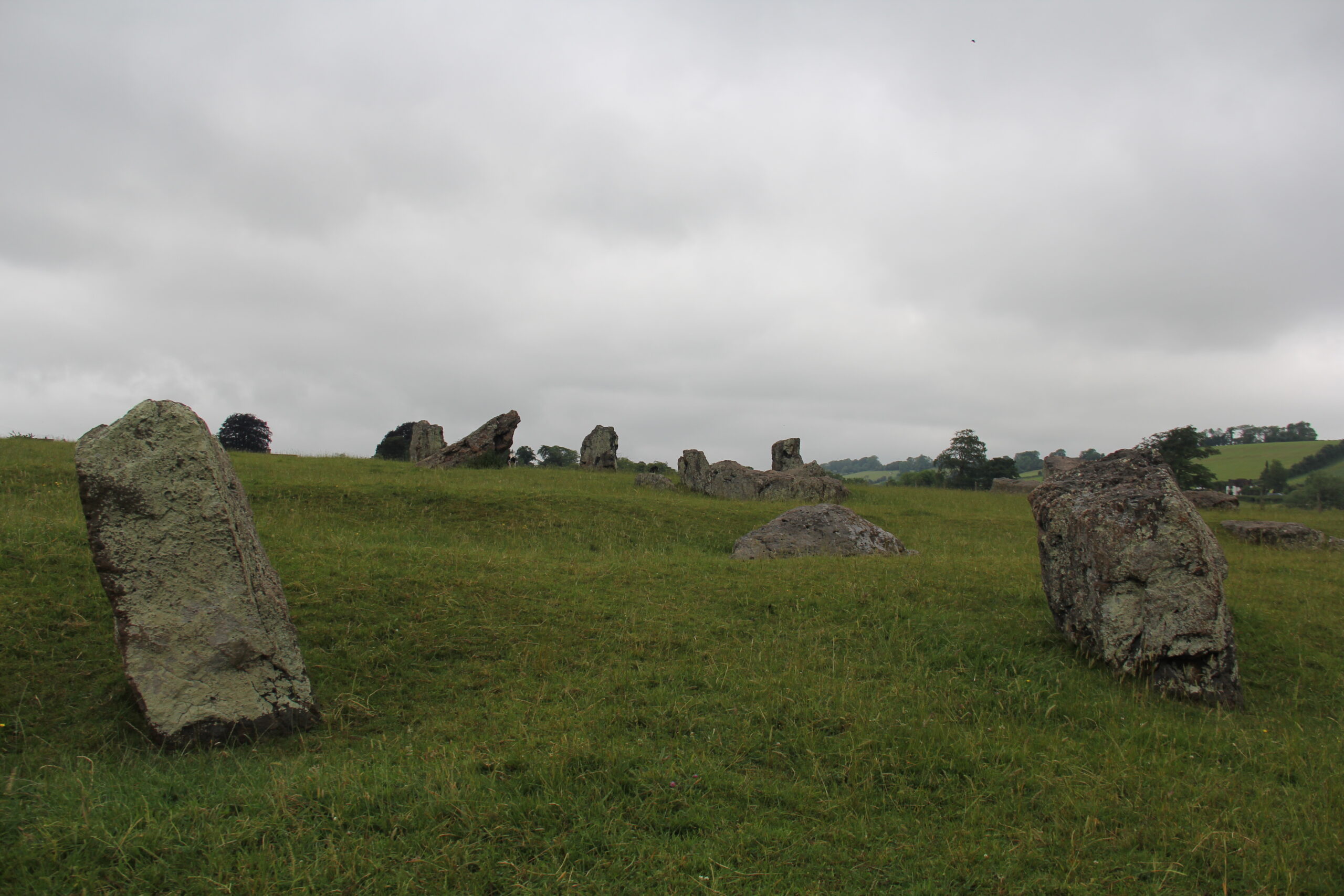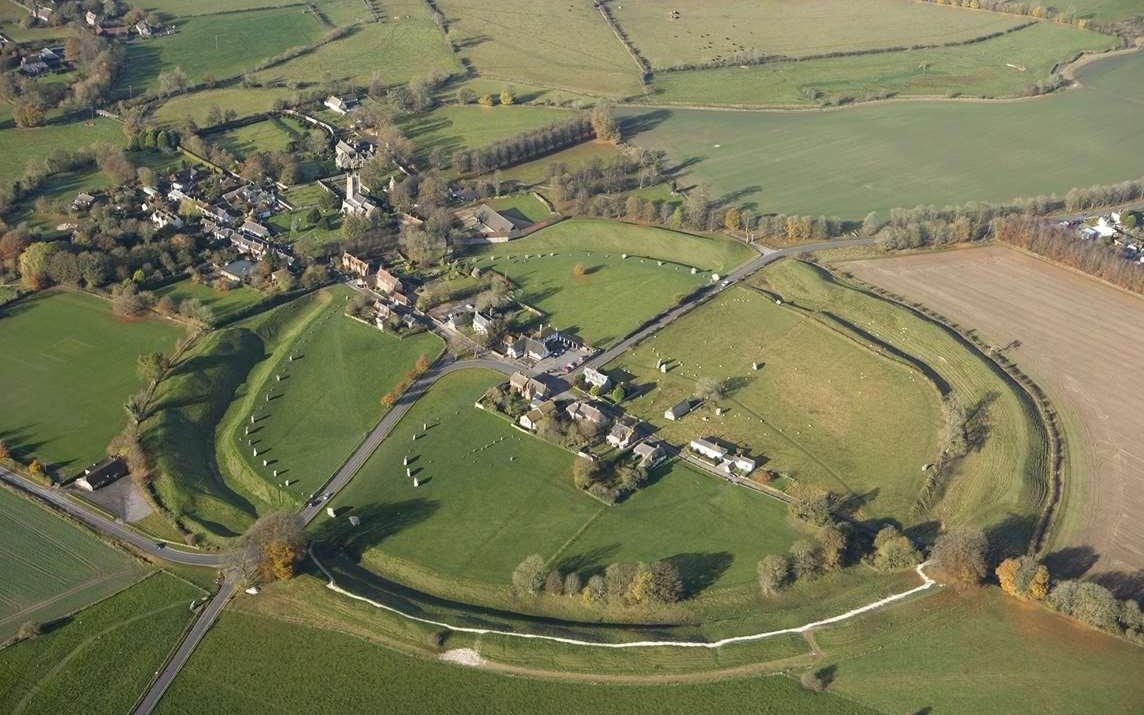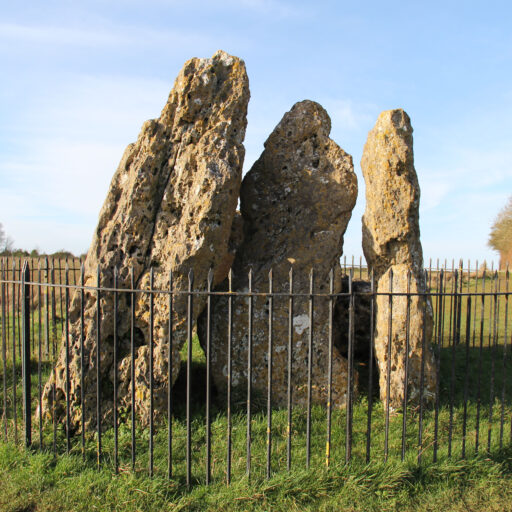Tag: Folklore
-

The Stones of Stanton Drew
The village of Stanton Drew lies just over the border of Somerset. The stone circle sits just outside of the village, it is the second largest stone circle in England behind Avebury. The stone circle is estimated to have been built in the late Neolithic period, around 4500 years ago. The Stanton Drew monument is…
-

Avebury Stones
Avebury Henge lies in Wiltshire; a sacred area that is dotted with many other Neolithic, Bronze and Iron Age monuments and henges. Avebury henge has stood proudly for millennia, with the first part of construction taking place around 3000BC. The henge is encompassed by a large earthwork, which is 420m in diameter. It is made…
-

Lilac, Lemon & Raspberry Champagne
The lilacs are in full swing, but if you’re not careful you may miss the season! These beautiful flowers span from icy white to deep purple. The different shades each have their own meaning. White represents the innocence and purity of life. Lilac represents a first love, in fact Victorian widows were often seen wearing…
-
Robyn Hode of Sherwode
Previously encompassing over 100,000 acres, modern day Sherwood forest covers just over 1000 acres. Once a royal hunting forest, it was illegal to hunt the King’s deer and boar. Naturally, some people chose to ignore this and would hunt in the dead of night; but what would they do with the carcass? The Butcher’s Oak,…
-
The Rollright Stones
The Rollright Stones are located on the border of Warwickshire and Oxfordshire, near the village of Little Rollright. They have stood since the Neolithic era and their history spans over 5,500 years. Their story starts with the construction of The Whispering Knights, a Neolithic Dolmen [a single chamber tomb], it is even believed that this…
-
Oh apple tree, we wassail thee
Wassailing of the apple trees dates back to our forefathers of Anglo-Saxon times. It was originally celebrated on 17th January, although this changed to 5th January with the introduction of the Gregorian calendar. Many people still celebrate Wassail on the Julian date. The word “Wassail” comes from the Old English “wæs (þu) hæl“, roughly translating to “be…
